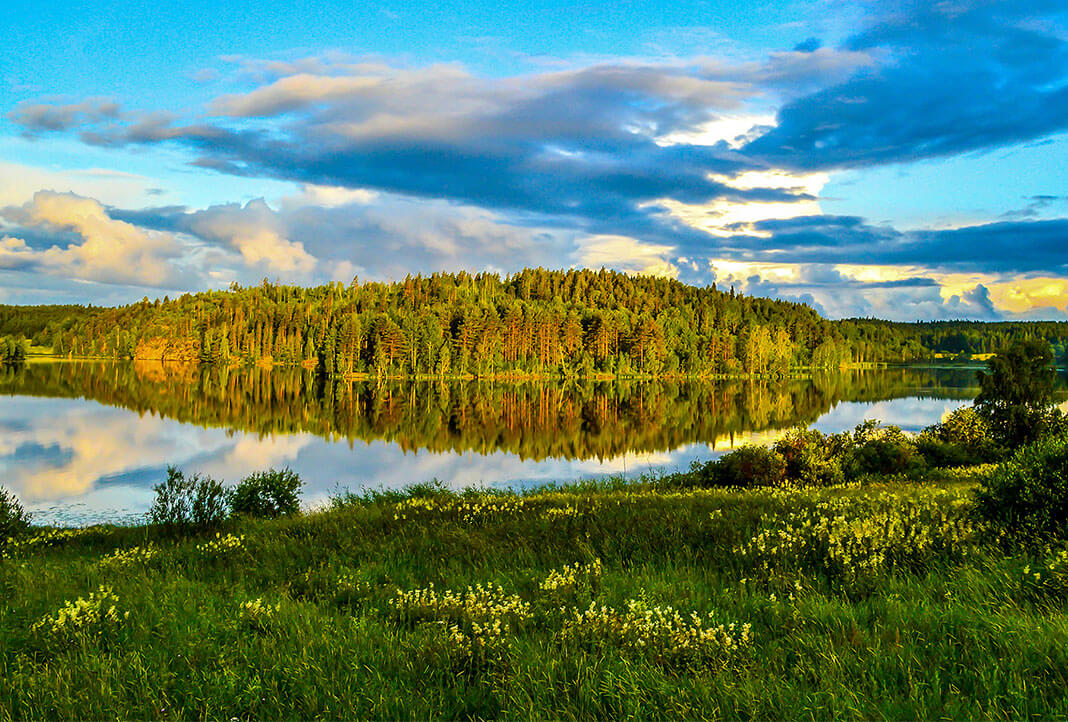by Martha Bird
Insight from business and cultural anthropologist, Martha Bird, in light of the COVID-19 global health event.
Natural, cultural, and technical worlds conjoin. All are deeply cultural. How we perceive the nature around us depends on the imagination of the culture from whence we come. For some, a tree is an ancestor, for others a source of heat, for many an unremarkable background feature or some combination of all the above, plus others.
As COVID-19 continues to run across the earth like a rushing river with many irregular eddies, I am reminded of our relationships as humans with nature, culture, and technology. I’m reminded of our shared humanity and the diverse range of contexts within which our humanities are embodied and enacted.
Over the past couple of weeks, friends have solicited my perspective on what new social practices driven by these circumstances mean for our shared humanity. As I am a cultural anthropologist working in technology, they figure I should have a strong opinion, or, at the very least, some considered reflections on these and related topics. I have some of each I’d like to share with you. These are the thoughts that come immediately to mind:
We Live in a Deeply Connected World
The mappings and modeled projections of the virus many of us have seen in the news and on social media underscore the connectivity of all living things – viral and human. Unlike the way the “world” is typically conceptualized in the popular imagination as a series of roughly contiguous regional snippets, we are now presented with visualization of a more holistic kind. The world has become a shared space – a space traced out in ever-expanding lines by the spread of disease … a space newly conceived by a growing number of people as transcendent of regional differences and the woefully abundant contagions of xenophobia consequent to “difference” and “othering.”
We should learn from this new view.
Technology Has Immediate Practical and Personal Importance
For many of us, “technology” is more real today than it has been in our lifetimes. It touches us more intimately. As a person who publishes on topics variously focused on human and machine partnerships under the broader theme of advanced technologies and human culture, I’ve spilled my share of digital ink on “AI/ai, NLP, ML, data ethics, algorithmic justice” to name a few. Despite my commitment to citing real-world examples, much of this writing tends toward the theoretical or, at least, doesn’t tend to the kind of pragmatic utility we associate with DIY projects.
For those of us fortunate enough to be able to do our jobs from home, the practical realities of a strong signal, plentiful cables and adaptors, reliable Wi-Fi, and secure VPNs remind us that technologies, in general, are actual “things” we use to get “stuff” done.
Add the millions of students now doing their schoolwork remotely and tech as a tool in the old-fashioned sense of tool as “a device or implement, especially one held in the hand, used to carry out a particular function” is brought to the foreground. There’s something oddly comforting in the “materiality” of technology used in these intentionally “tool for task” ways.
Materiality or “thingness” of technology will continue to demand our attention. A current shortlist might include e-commerce algorithms, medical supplies, manufacturing automation, logistics and food delivery networks, pharma packaging science, and, of course, the range of physical and digital tools used in medical and research virology.
Rituals Matter
Along with mandates to “shelter in place” and maintain “social distance” comes a greater self-awareness of the role of ritual in our everyday lives. According to the late British cultural anthropologist Victor Turner: “A ritual is a stereotyped sequence of activities involving gestures, words, and objects, performed in a sequestered place …”
I can think of several rituals from my childhood important at the time, yet no longer prominent in my adult life. I am aware that of late some of these practices are beginning to return among my network of friends and family. For instance, as a child, there was “play time,” “work time,” and “family time.” Play time was marked by late-afternoon bike rides to the neighboring marina but only after putting on “play clothes.” “Work time” was more or less school – up at 7:30 to catch the bus and home by 3:45 to begin “play time.” “Family time” was always about sitting down to dinner with my mother, father, sister and brother. I count myself as deeply blessed then and now to have a family with whom I want to share time.
With so many of us at home, notions about time have begun to (re)formalize into discernible moments or rituals. Some are about the practical affair of operationalizing the day’s activities and some about creating a controlled cadence within chaos. Common to these new yet older forms are the use of ritual as a way to provide comfort through repetition or tempo. In my experience, these are akin to Sunday phone calls, pancakes on the weekend, and play clothes. I’ve returned to some of these in recent weeks. Perhaps you have, too? Ask yourself if hearing the voice of someone you love sounds sweeter today than it did a month ago, when you might have rather texted.
Practice of the Arts of Care and Science
I’m reminded daily of my connection to the earth, to my communities, to my family and friends and to my fellow humans globally. As I reflect on what we – the human family – might learn in the coming months, it is my genuine hope that we will evolve a deeper collective sense of what it means to care for others and our environments. Asked by a student what she considered to be the first sign of civilization in a culture, anthropologist Margaret Mead replied:
“If an animal in the wild breaks a major bone, they die — they starve, or something else eats them. For an early human to have survived a broken femur, someone else would have had to care for them long enough for the bone to set. They would have been provided with shelter, food, and water over an extended period. Someone would have had to have shown them kindness, compassion, altruism. Kindness, alongside science, remains the cornerstone of medicine.”
Kindness is a ritual I will continue to practice. Imagine the long-term benefits if we learn how to give more of it away. Kindness is part of what makes us human. Perhaps in the coming weeks more of us will have an opportunity to remember in words and through actions what so many of us have forgotten. In my view, that would be a very positive outcome.
Learn more
Helpful information can be found here: ADP Employer Preparedness Toolkit — Coronavirus Disease (COVID-19)
Register to view the session recordings for the ADP Virtual Summit, Legislation for the Next Normal: Navigating Regulations and Staying Compliant. Hear from expert panels on what employers need to know about safely and effectively returning to work.
This article originally appeared in SPARK powered by ADP.



